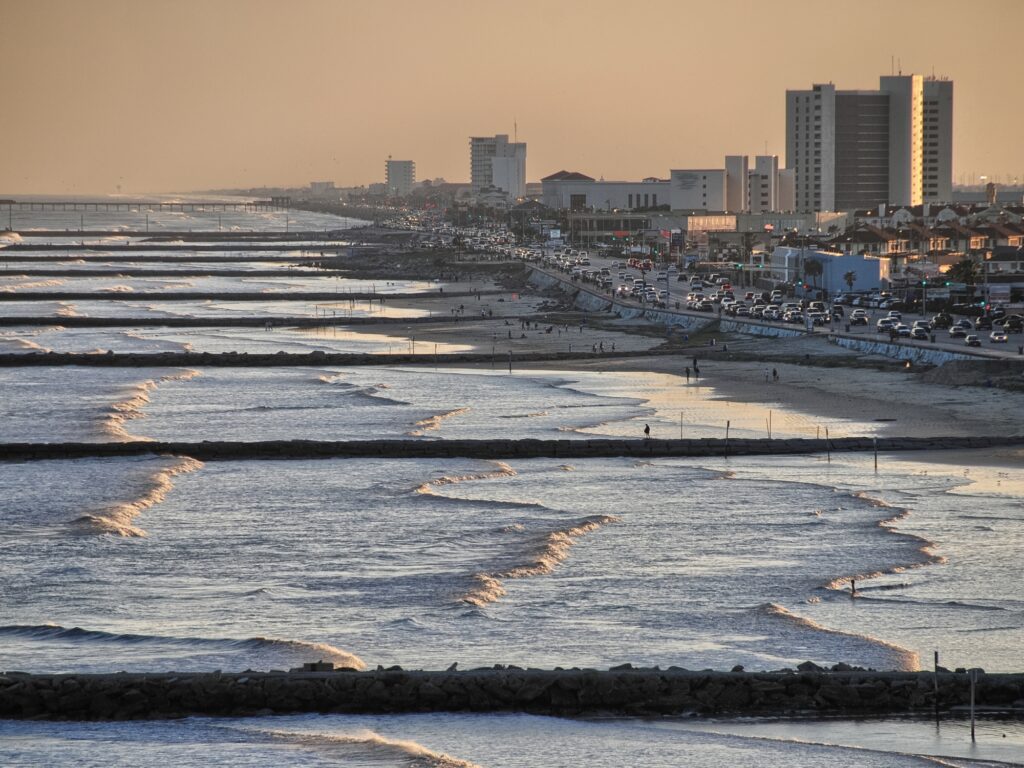The WPI-8 certification is specific to the state of Texas and is primarily associated with the Texas Windstorm Insurance Association (TWIA). Its importance and relevance are mainly within the context of Texas coastal areas and the insurance coverage provided by TWIA.
Outside of Texas, you would typically not encounter or require a WPI-8 certification, as it is a state-specific program. Other regions and states may have their own certification processes, building codes, and insurance requirements related to windstorm or hurricane resistance, but these would not be referred to as WPI-8 certifications.
If you are in a coastal area or a region prone to hurricanes or windstorms outside of Texas, it’s essential to familiarize yourself with the local building codes, insurance requirements, and certifications that are specific to your area. These may differ significantly from those in Texas and could involve different certification processes or organizations.
Here’s a breakdown of why the WPI-8 is essential for securing wind and hail insurance coverage through TWIA.
1. Assessment of Structural Integrity The WPI-8 is primarily designed to evaluate the structural integrity of a building, especially its ability to withstand high winds and hail damage. It considers various factors such as roof condition, building materials, window protection, and overall construction quality.
2. Mitigation and Risk Reduction By requiring WPI-8 certification, TWIA aims to encourage property owners to invest in windstorm-resistant building features and construction practices. This helps mitigate the risk of severe damage during wind and hail events, reducing the potential financial burden on both property owners and insurers.
3. Compliance with Regulations In many coastal areas of Texas, local building codes mandate that structures meet specific windstorm-resistant standards to protect lives and property during extreme weather events. The WPI-8 certification ensures compliance with these regulations.
4. Insurance Eligibility TWIA offers crucial wind and hail insurance coverage for properties in high-risk areas. To qualify for this coverage, property owners must demonstrate that their structures meet or exceed the windstorm-resistant criteria outlined in the WPI-8 certification.
5. Protection for Property Owners Having TWIA wind and hail insurance coverage can provide peace of mind to property owners, knowing that they are financially protected in the event of wind or hail damage. This can be particularly reassuring in regions prone to severe weather.
6. Community Resilience WPI-8 requirements contribute to the overall resilience of communities in hurricane-prone areas by encouraging the construction of more durable and storm-resistant buildings. This, in turn, reduces the potential for widespread damage and facilitates faster recovery in the aftermath of severe weather events.
After reading why you need a WPI-I certification, not you may be wondering, HOW?
Obtaining a WPI-8 certification in Texas involves a specific process, primarily for properties located in designated coastal areas eligible for coverage by the Texas Windstorm Insurance Association (TWIA). Here are the general steps to procure a WPI-8 certification:
1. Determine Eligibility First, ensure that your property is located in a designated TWIA coverage area. Not all properties in Texas are eligible for TWIA coverage or require a WPI-8 certification.
2. Hire an Engineer or Inspector To obtain a WPI-8 certification, you’ll need to hire a licensed professional engineer or a Texas Department of Insurance (TDI) qualified inspector. These individuals are authorized to perform windstorm inspections and complete the necessary forms.
3. Schedule an Inspection Contact the engineer or inspector to schedule an inspection of your property. They will assess various aspects of your structure, including the roof, building materials, windows, and doors, to ensure compliance with the windstorm-resistant building standards.
4. Property Modifications (if needed) Based on the inspection findings, you may need to make modifications or improvements to your property to meet the required windstorm-resistant standards. This can include reinforcing the roof, installing impact-resistant windows, or upgrading construction materials.
5. Submit the WPI-8 Form Once the inspection is complete, the engineer or inspector will fill out the WPI-8 form, certifying that your property complies with the necessary windstorm-resistant criteria. They will provide you with a copy of this form.
6. TWIA Application If you intend to apply for TWIA coverage, you’ll need to include the WPI-8 certification along with your insurance application. The certification serves as evidence that your property meets the required standards.
7. Insurance Premium Pay the required insurance premium to TWIA to activate your coverage once your application is approved.
8. Annual Renewal Keep in mind that WPI-8 certifications typically need to be renewed periodically, usually every five years. This ensures that your property continues to meet the windstorm-resistant standards.
It’s crucial to work with professionals who are knowledgeable about the specific requirements and regulations for windstorm-resistant construction in Texas, as they can guide you through the process and help you make any necessary improvements to your property.
Please note that the specific requirements and procedures may evolve over time, so it’s advisable to check with the Texas Department of Insurance (TDI) or the Texas Windstorm Insurance Association (TWIA) for the most up-to-date information and guidance on obtaining a WPI-8 certification. If you have any questions, please contact one of our customer service representatives for further assistance.


